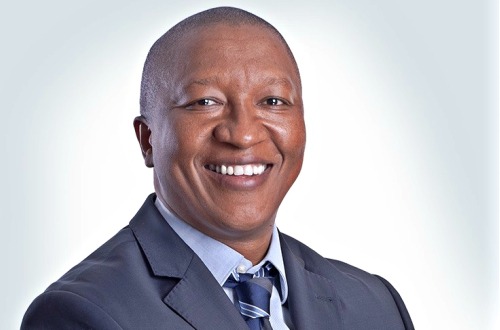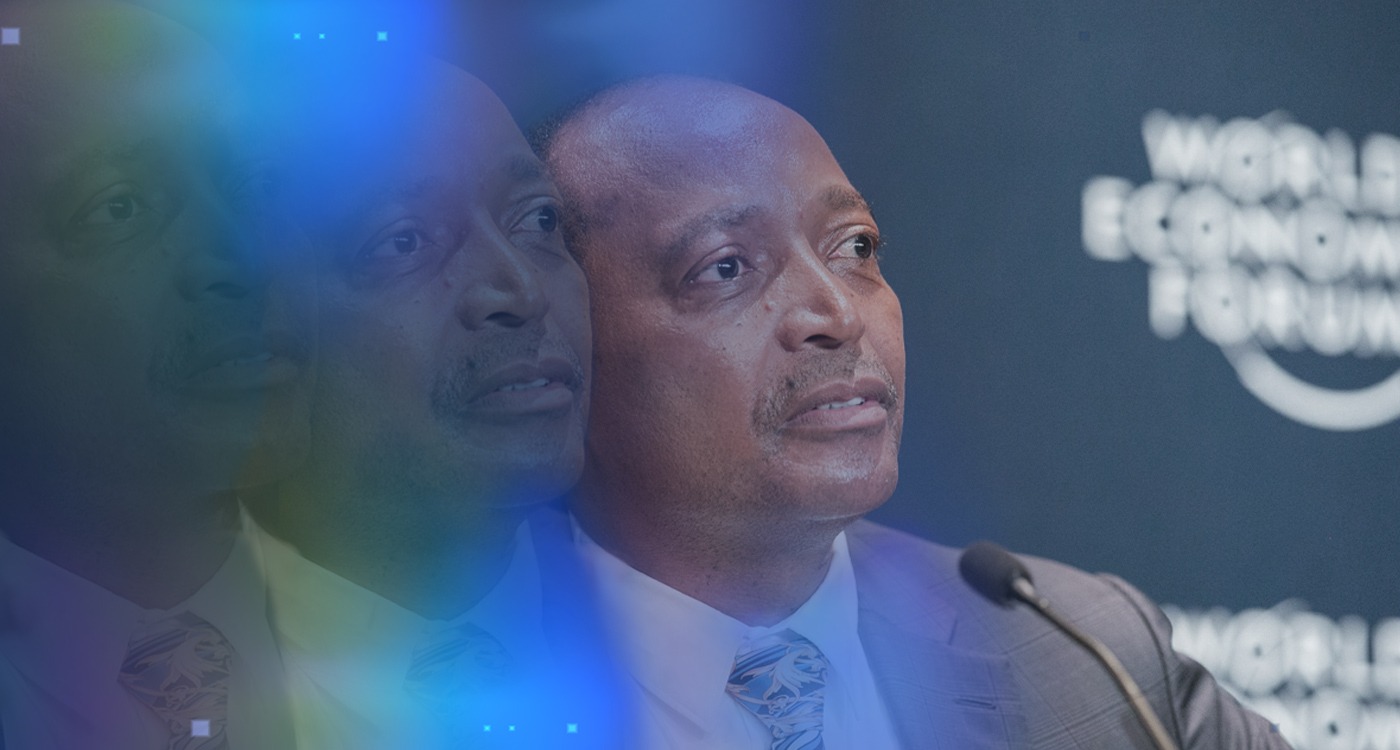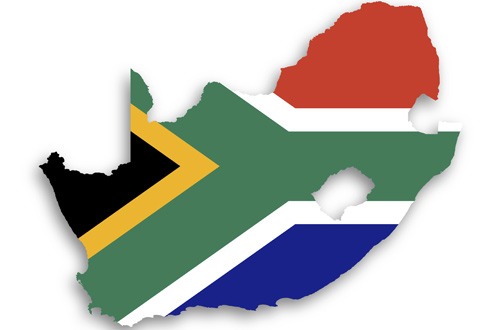South Africa’s economy expanded by 3.1 percent in the fourth quarter of 2017, after growing by an upwardly revised 2.3 percent in the third quarter, the South African statistics agency Stats SA said on Tuesday.
This marks the first time since the second quarter of 2015 that the economy has grown for three consecutive quarters.
“The largest positive contributor to growth in GDP in the fourth quarter was the agriculture, forestry and fishing industry, which increased by 37.5 percent and contributed 0.8 of a percentage point to GDP growth,” Stats SA said.
Other industries that contributed positively to growth in the fourth quarter included finance, real estate and business services (which grew by 4.1 percent), trade (which grew by 3.9 percent), and manufacturing (which grew by 2.2 percent).
The growth in the fourth quarter was driven by strong domestic demand, which increased by 3.3 percent. This was supported by growth in household consumption expenditure (which increased by 2.8 percent) and government consumption expenditure (which increased by 3.1 percent).
Gross fixed capital formation (investment) also increased in the fourth quarter, by 3.4 percent. This was driven by growth in investment in machinery and equipment (which increased by 13.4 percent).
Exports of goods and services decreased by 0.7 percent in the fourth quarter, while imports of goods and services increased by 3.1 percent. This resulted in a negative net contribution of 0.6 of a percentage point to GDP growth.
The growth in the fourth quarter was stronger than expected. The consensus forecast among economists was for growth of 2.6 percent.
The stronger-than-expected growth is likely to be welcomed by the South African government, which is facing a number of economic challenges, including high unemployment and a large budget deficit.
The government is hoping that the stronger growth will help to boost investor confidence and encourage businesses to invest more, which will in turn create more jobs.
However, some economists have warned that the growth may not be sustainable. They point to the fact that the growth was driven by a number of one-off factors, such as the strong performance of the agriculture, forestry and fishing industry.
They also point to the fact that the economy is still facing a number of structural challenges, such as high levels of inequality and a lack of skills.
These challenges will need to be addressed if South Africa is to achieve sustainable economic growth.
Looking Ahead
The outlook for the South African economy is uncertain. The International Monetary Fund (IMF) has forecast that the economy will grow by 1.7 percent in 2018, but some economists have warned that the growth could be lower.
The IMF has cited a number of risks to the outlook, including the possibility of a global slowdown, a further downgrade of South Africa’s credit rating, and a rise in domestic political tensions.
Despite these risks, there are also some positive signs for the South African economy. The government has implemented a number of reforms aimed at boosting economic growth, and there are signs that these reforms are starting to have an impact.
The confidence of businesses and consumers has also improved in recent months, which could help to support economic activity in the coming months.
Overall, the outlook for the South African economy is mixed. There are both risks and opportunities, and it is too early to say definitively whether the stronger growth in the fourth quarter of 2017 will be sustained.
However, the government’s reform efforts and the recent improvement in confidence are encouraging signs that the South African economy may be on the path to recovery.


